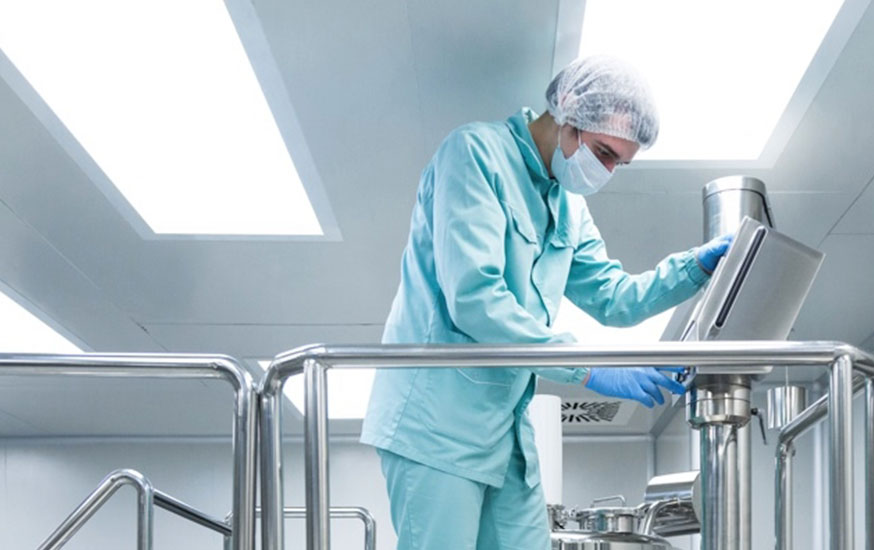During day 2 of the PDA conference, there was a very enlightening session called “Game Plan: Progress to the Next Stage of Contamination Control.” Anne Marie Dixon-Heathman, President of Cleanroom Management Associates, Inc., gave a presentation called “Contamination Control: A new approach to the Reduction of 5-micron particles.” She discussed product loss resulting from five-micron particles, fibers, and foreign matter found in finished product and the traditional approaches of adding more air flow, decreasing the amount of people in the room, and doing more training or more cleaning, all of which, ultimately, do not seem to provide long‑term correction.
What has been found to be a primary contributor to particle generation is cleanroom garments. Ill-fitting garments can cause excessive rubbing on skin, which can generate additional skin particles and billowing, disrupting airflow. During the pandemic, Cleanroom Management did studies that looked at the impact of the movement of operators on particle generation. They used a body box, which is a test chamber constructed of cleanroom materials with a HEPA‑filtered ceiling (which Ms. Dixon‑Heathman described as looking like an old-fashioned telephone booth), to test garments while in use to see their impact on cleanroom operations. They tested under protocol, first looking at single-use, reusable garments over scrubs in an ISO 5 environment during which they evaluated different movements’ impact on particle generation as well as thermal impact.
Results of the initial work were discussed in a March 2021 article in Pharmaceutical Technology Regulatory Sourcebook titled “A Real-World Approach to Evaluating Cleanroom Garments” by Ms. Dixon‑Heathman, which can be found here. The overall results of the study showed that, as you would expect, more vigorous activity generates the most particles; however, single-use garments, as compared to reusable/laundered garments, emit the highest number of particles. Additionally, according to the article, a difference of 1.5°C could affect productivity in heat-stressed workers, and the study found that operators’ skin temperatures are approximately 5°C higher when wearing single-use garments. Microbiological contamination can increase with thermal increases as well. As expected, a garment laundered ten cycles performed better than one laundered fifty cycles; however, at fifty cycles, reusable garments still generated fewer particles than single-use garments. However, there are some applications that may still require the use of single‑use garments (e.g., for operations in areas of facilities in which containment poses an especially critical risk).
Part two of the study, presented at the PDA conference, provided very recently generated data. Cleanroom Management engaged five different companies to do ten set-ups each of filling equipment; these included four types of fillers, three types of RABS, and an isolator. They looked at three primary operations: the mounting of the stopper bowl; bouffant removal and stopper assembly; and nozzle assembly. They used particle counters and settle plates (without agar) using the fall‑out plate method (IEST RP‑18) for catching the larger particles (over five microns) not able to be captured by particle counters.
In each of these activities, they observed “showers” of particulates generated; these particulates were identified as fibers from bags, tape, and wrap materials, as well as metal. The investigations found these to be due to inconsistencies in wrapping, poor wrapping techniques, and poor material choices. Improper set‑up techniques also contributed to the particle generation. A reduction of 50-75% in particles was achieved by using bags in place of wrappings and using consistent wrapping techniques with low‑linting materials that contained no fibers. This also increased the ease of set-up.
We look forward to the upcoming publication with this data. These robust studies will certainly have an impact on cleanroom techniques, products, and processes, and we also look forward to seeing these developments used in the industry.



